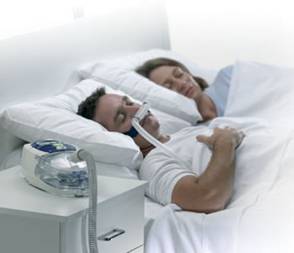People with type 2 diabetes should be careful: Obstructive sleep at night and drowsiness during the day may be symptoms of obstructive sleep apnea, a potentially life-threatening problem affecting one out of three diabetics.
Based on strong preliminary evidence linking the two disorders, global health experts are encouraging physicians to assess their diabetic patients for sleep apnea symptoms and to screen sleep apnea sufferers for metabolic disease, because successful treatment of sleep apnea has a greater impact to improve blood sugar than any single thing to do in a diabetic.
What is sleep apnea? pauses in breath during sleep. It not only deprives the person of a good night's sleep but also increase the risk for high blood pressure and heart disease, and are twice as likely to develop high blood pressure, compared to those without the sleep disorder according to the International Diabetic Federation.
Sleep Apnea is more common among diabetics. In a recent report, researchers examined data from 279 men and woman with type 2 diabetes. Overall, 36 percent had obstructive sleep apnea. Men under age 45 had more than a one-third increased chance of developing sleep apnea, and that risk doubled above age 65. For women below 45, the chances of having sleep apnea were only 5 percent to 8 percent. Females 65 and older, however, had a one-third increased chance of having the sleep disorder, the study found. |


